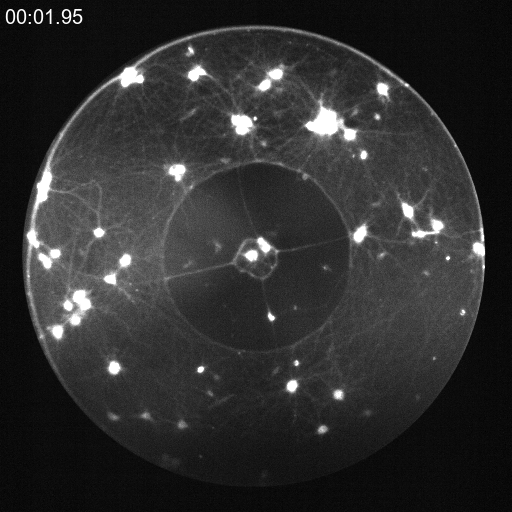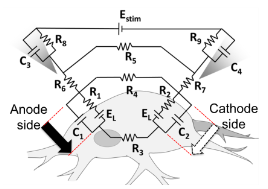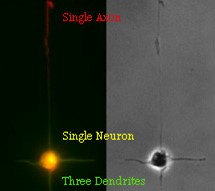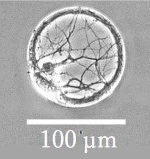





The creation of artificial neural circuits involves simple in vivo models that mimic the structure and function of neural circuits in vivo, which is aimed at understanding the network properties of neurons in the brain and their information processing mechanisms. Various attempts have been made to pattern cells using polypeptides, proteins, and self-assembling monolayers. However, due to the complexity of neurons with two types of projections which involve axons and dendrites, it has not been possible to fabricate neural circuit connections at will using conventional approaches. Furthermore, excitatory or inhibitory neurons must be appropriately placed within the circuit. Controlling the connections between neurons requires patterning at the single-cell level and proper guidance of projections.
To arbitrarily construct a neuronal network, neurons must be placed at the site of preference and then neuronal projections must be individually connected to other cells. This approach is akin to building an electronic circuit on a breadboard; by guiding arbitrary neurites to target cells via arbitrary pathways, a living neural circuit can then be designed. To accomplish this, we use photolithography to control cell adhesion regions on self-assembled monolayers deposited on glass substrates. Using this technique, we aim to reconstruct localized neural circuits on a chip and compare them to relevant mathematical models to understand their function.